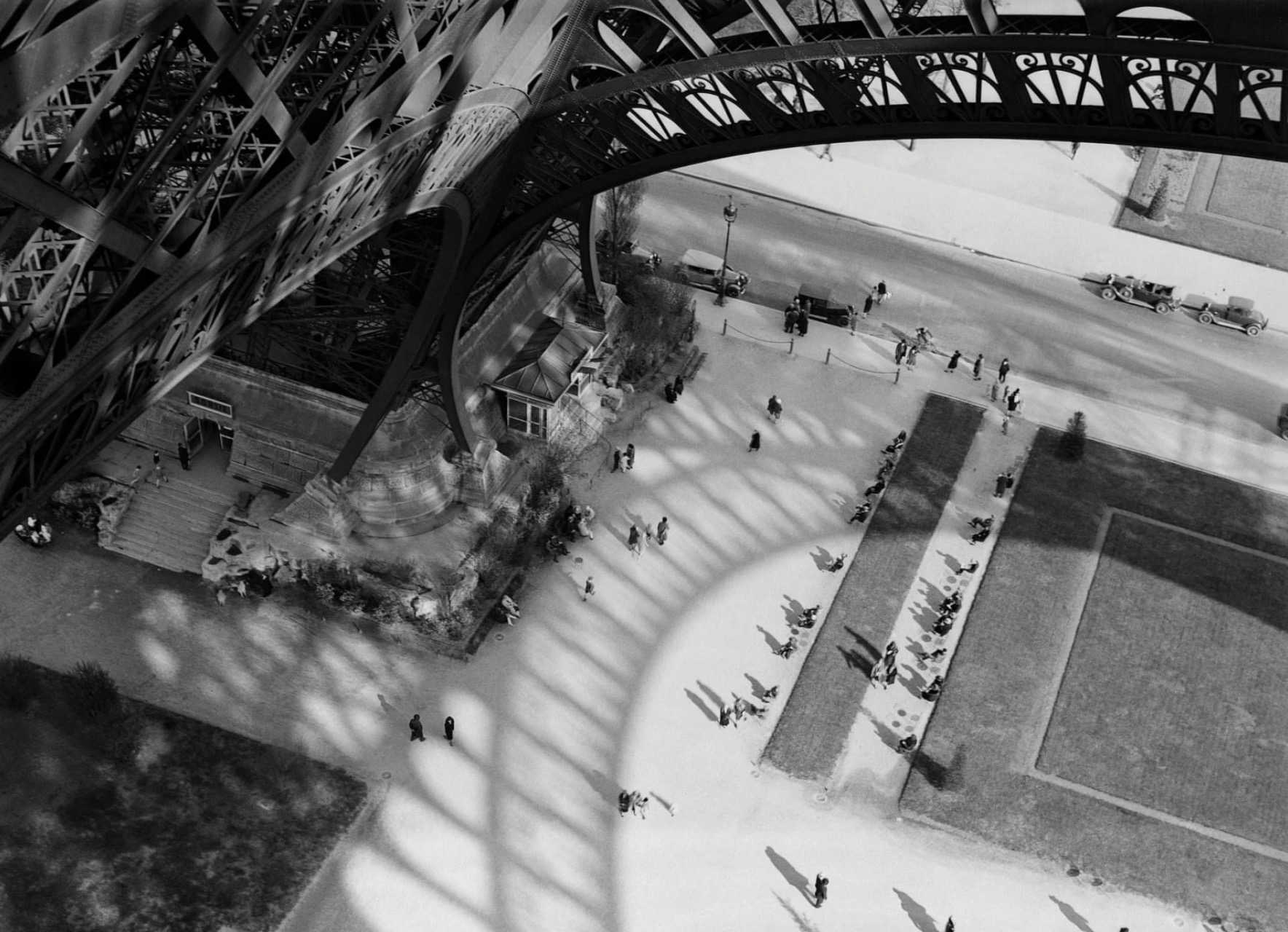
It's not every day that you come across a true master of his craft. André Kertész was one of the most significant photographers of the 20th century, renowned for his absolutely fascinating monochromatic images that laid the foundation for generations of prominent practitioners. In 1925, he left his native Hungary for Paris, and it is here, during the following decade, that he created some of his most memorable works.
Characterized by geometric shapes, shadows, reflections, and remarkable acuity, the visual language he created is beautifully expressed in this superb aerial image (an advantage he frequently used) that illustrates the rare artistic talent for which he is remembered.
Kertész had a unique way of seeing the world. He captured ordinary images and transformed them into something beautiful, special, and poetic. And it was this artistic eye that became his trademark. He succeeded in capturing the essence of Paris with a particular sensitivity and grace, and his photography portrayed the city as it had never been seen before.
Kertész's photographs were often clever and complex compositions that revealed a great sense of aesthetics and design. He was one of the first photographers to explore the possibilities of framing, perspective, and staging. His work influenced many contemporary photographers and is considered a pillar of modern photography.
In this image, we see an aerial view of the Eiffel Tower. The lines and geometric shapes are clearly defined, creating a strong and dynamic composition. But it is the way Kertész uses the shadow of the Eiffel Tower to frame the scene that really captures attention. The shadow becomes an integral part of the image, creating a texture and depth that adds dimension to the photograph.
It can be seen that Kertész spent a lot of time working on this image, seeking the best angle, light, and composition. He had great attention to detail, a quality that is clearly visible in all his photographs.
Kertész's work has inspired many photographers, but his legacy goes far beyond photography. He created an aesthetic that influenced many artistic fields, including painting, sculpture, and architecture.
Ultimately, it is Kertész's ability to capture the beauty of the ordinary that remains his greatest legacy.